Get PeakVisor App
Sign In
Search by GPS coordinates
- Latitude
- ° ' ''
- Longitude
- ° ' ''
- Units of Length

Yes
Cancel
Share ×

Scan the QR code and open PeakVisor on your phone
❤ Wishlist ×
Choose
Delete
The Japanese Mountains are the collective mountain ranges of Japan. The main feature of these mountains is the magnificent and mighty Mount Fuji (3,776 m / 12,388 ft), an active volcano that is considered to be sacred by the Japanese people. It is the highest and the most prominent summit in the range, and one of the most famous mountains in the world. In total, there are 12516 named peaks in the Japanese Mountains.
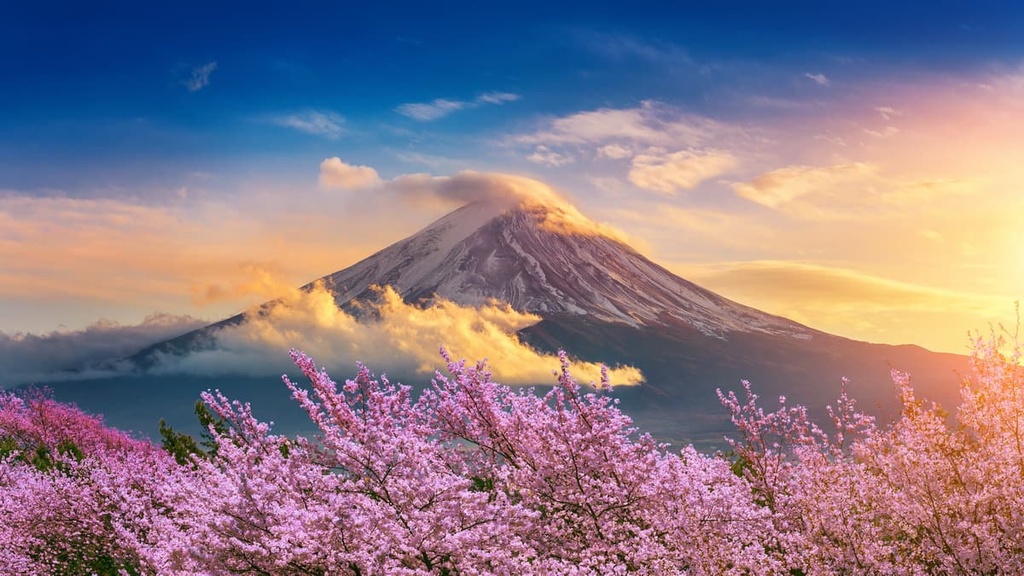
The name of the Japanese Mountains comes from the name of the country itself, Japan. This is the English version of the country’s name, which in turn is based on the Chinese pronunciation of the country’s name, Cipangu. Variations of this name have been used in English and many other languages since widespread trading began between China and European countries.
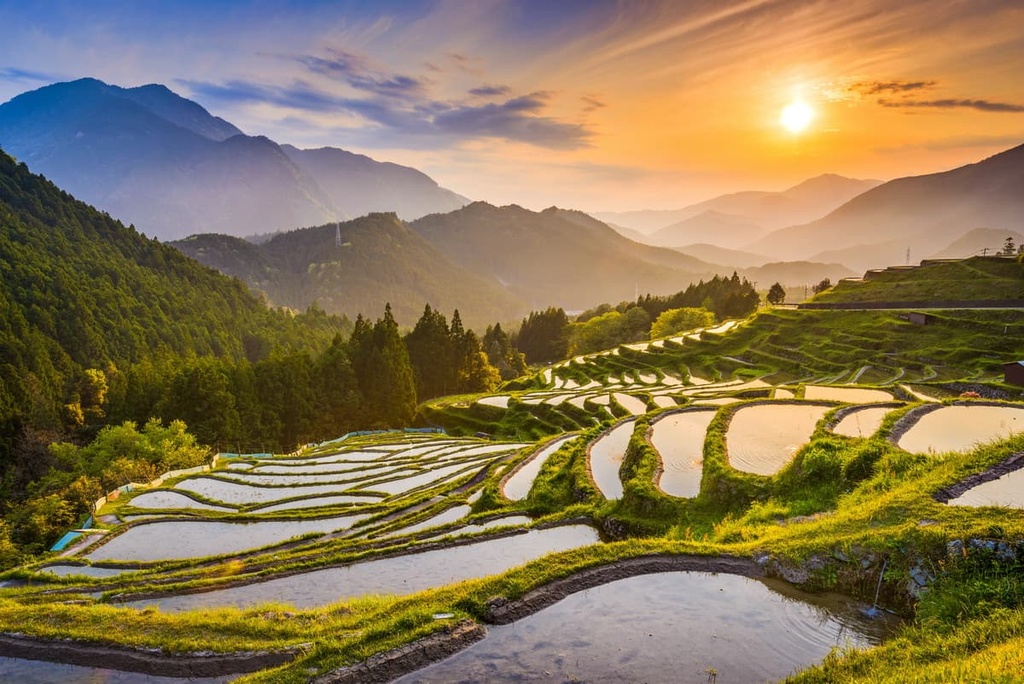
The Japanese themselves call their country Nippon, which means “The place where the sun rises.” Hence, Japan is often referred to as the land of the rising sun, as it is one of the easternmost countries in the Eastern Hemisphere and one of the first to see the sunrise.
Japan, including all of its mountains, is located in the easternmost part of Asia in the Pacific Ocean between the Sea of Okhotsk and the East China Sea. It is an island country that contains 6,852 islands, 260 of which are inhabited.
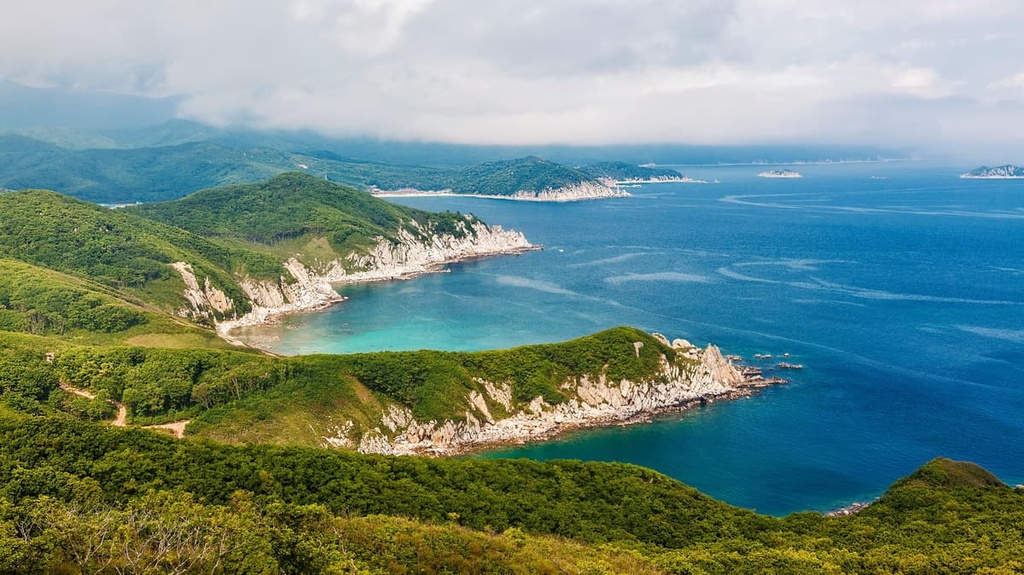
But, even though there are more than 200 inhabited islands in Japan, most people live on just four of these islands: Shikoku, Kyushu, Honshu, and Hokkaido.
The main and largest island of Japan is Honshu, which is where the capital city of Tokyo is located. Meanwhile, Hokkaido is the northernmost island in Japan and the country’s second-largest by land area. The third and fourth largest islands in Japan are Kyushu, which is located closest to mainland Asia, and Shikoku, a relatively small island that’s situated between Honshu and Kyushu.
You can learn more about the geography of Japan in the country’s guide on PeakVisor.
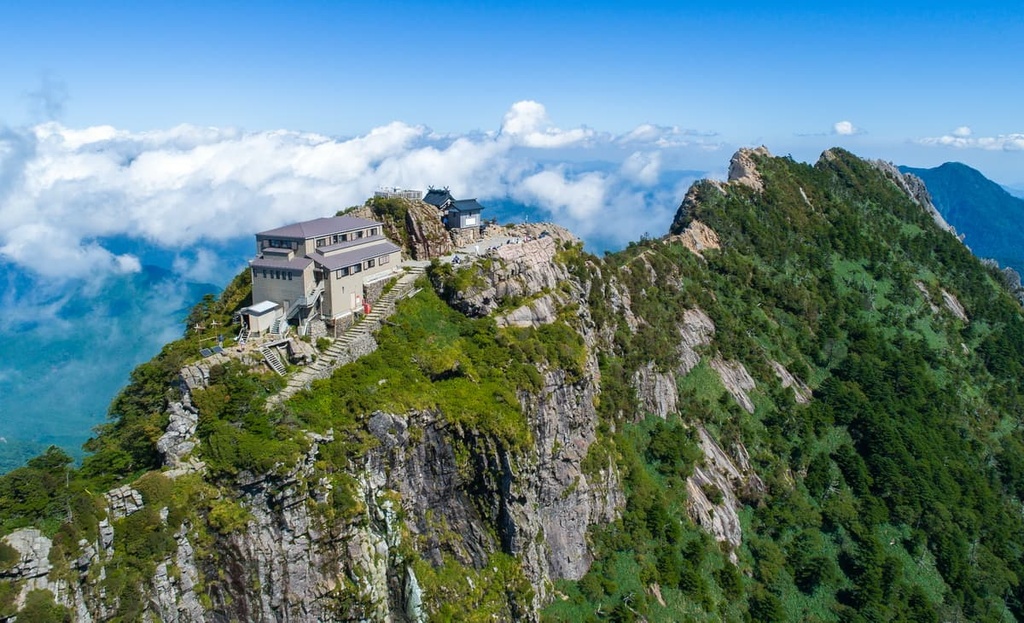
Although it may be surprising, even a relatively small island country like Japan can be one of the most mountainous nations in the world. In fact, the country is home to well over 12,000 mountains and dozens of smaller mountain ranges.
The Japanese Mountains are not a single mountain range like the Himalaya or the Alps; rather, this range is used as a collective name for all of the country’s mountains. These mountains cover its entire territory from south to north. Over 70 percent of Japan’s land is actually mountains and hills.
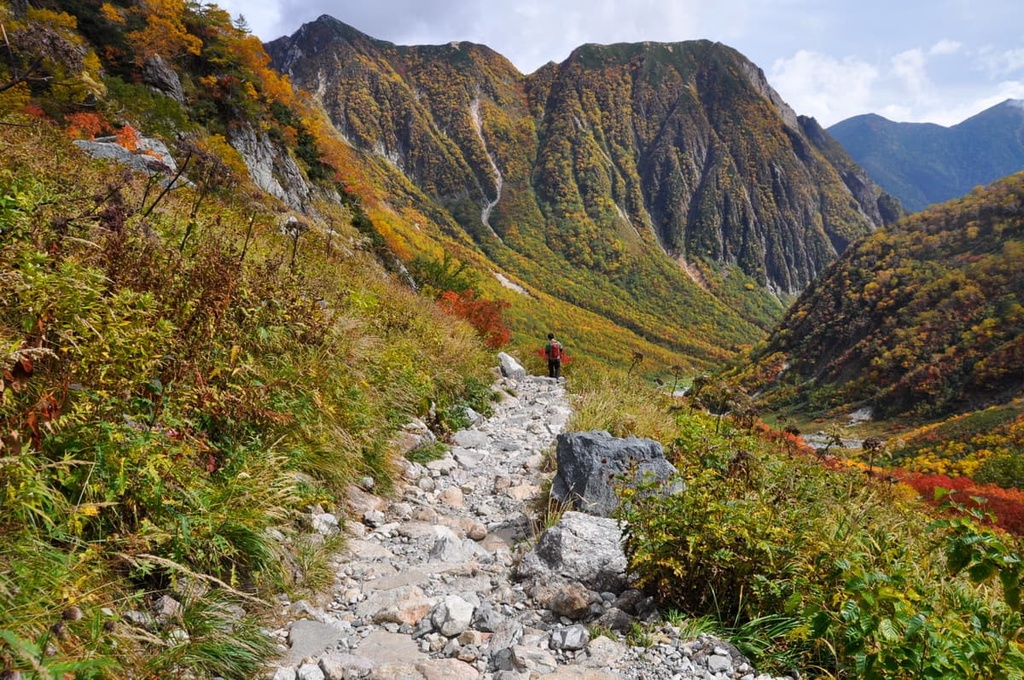
In total, there are 25 major mountain ranges in the Japanese Mountains of different sizes, each of which has its own unique characteristics. Classifying the mountain ranges of Japan can be difficult, so we’ve split the country’s peaks up into separate subdivisions to help you get a better understanding of the Japanese Mountains.
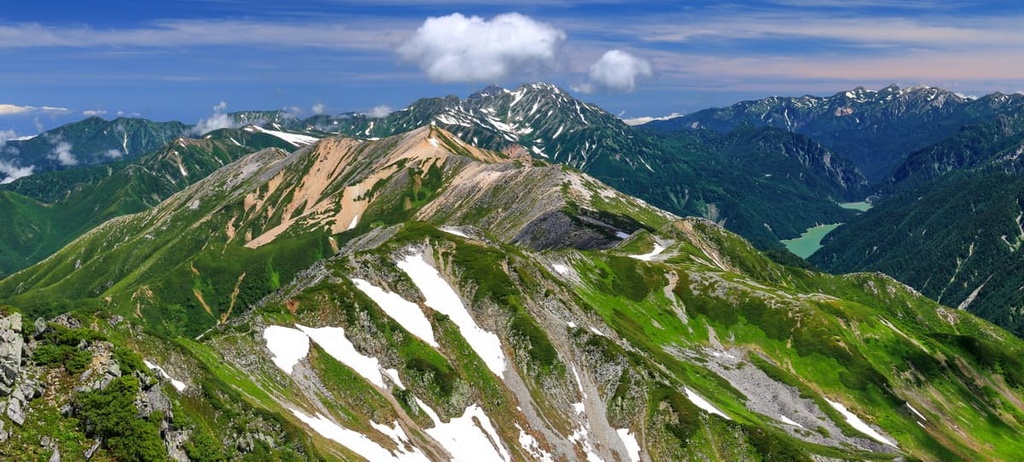
Mount Fuji (3,776 m / 12,388 ft) is the highest mountain in Japan, and it is known far beyond the country’s borders. It is like Everest for the Himalaya or Mont Blanc for the Alps.
Interestingly, Mount Fuji is an active volcano. The Japanese people often consider Mount Fuji to be a sacred or holy mountain due to its height, size, and incredible beauty. This beauty is thanks in large part to the mountain’s snow-capped peak.
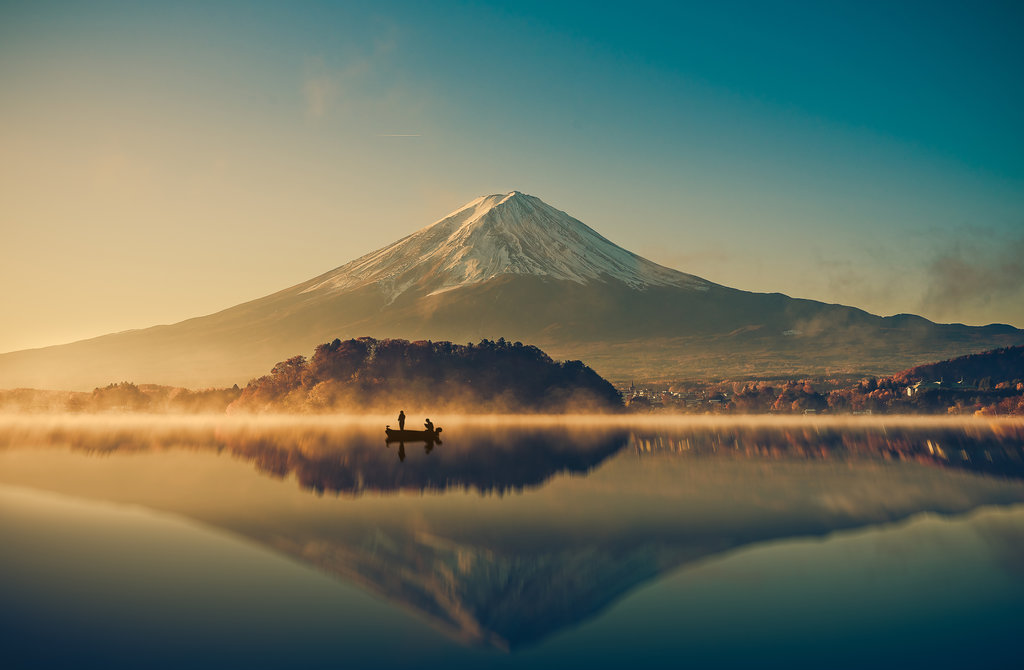
Mount Fuji is the most famous and holy of the Japanese Mountains, but it is not the only one.
Alongside Mount Tateyama (3,015 m / 9,892 ft) and Mount Haku (2,702 m / 8,865 ft), the latter of which is also known as The White Mountain, Mount Fuji is part of the Three Holy Mountains of Japan.
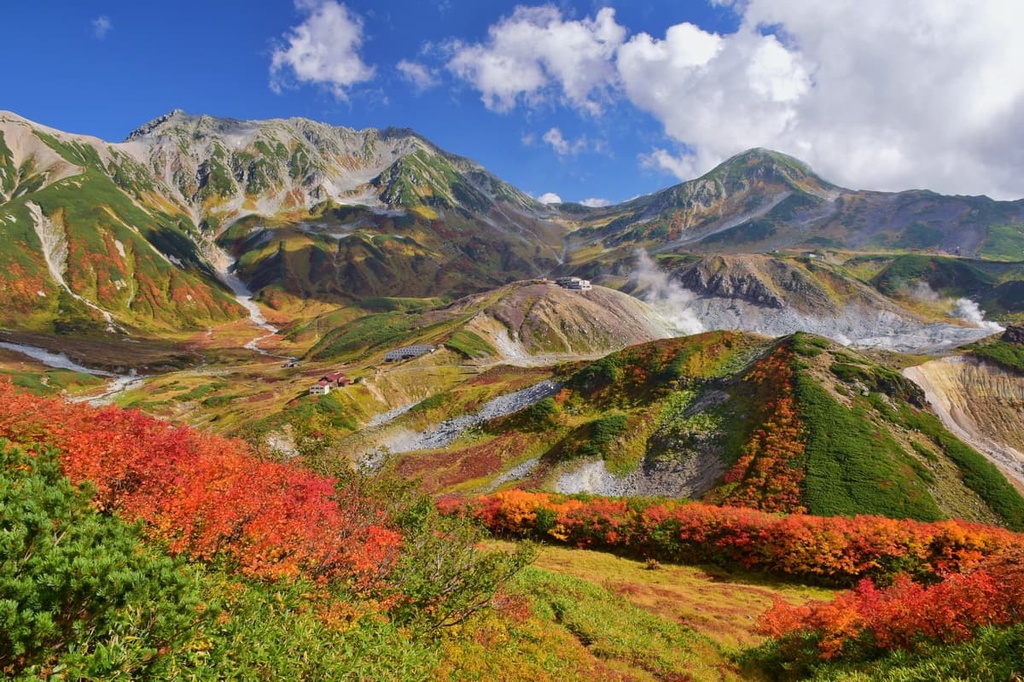
The Japanese Alps is the largest mountain range in Japan. It is considered to be a major mountain range in the country because it is located in the central part of the largest island of Honshu.
There are three sub-ranges within the Japanese Alps: the Hida Mountains, the Kiso Mountains, and the Akaishi Mountains.
The highest peaks within the Japanese Alps are Mount Oku-Hotaka (3,190 m / 10,446 ft), Mount Komagatake (2,956 m / 9,698 ft), and Mount Kitadake (3,193 m / 10,475 ft).
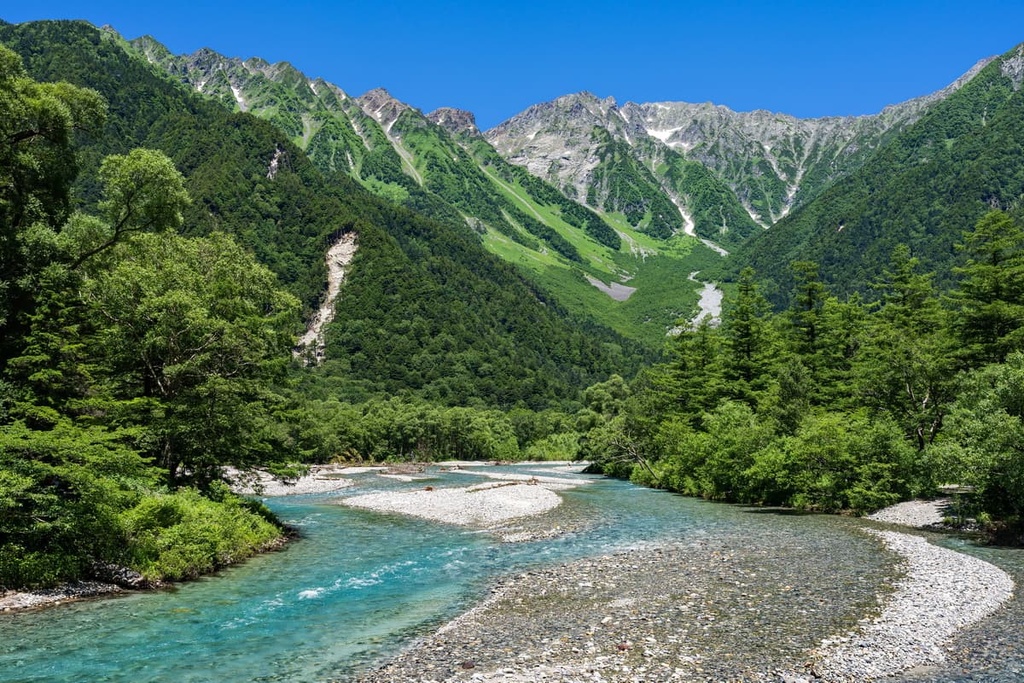
When we say “the mountains of Tokyo”, we usually mean peaks that are located within the Japanese capital. The capital city of Tokyo covers an area of 2,194.07 sq. km (847.14 sq. mi).
There are many peaks in Tokyo, both within the city center (such as Mt. Hakone Yama), and its surrounding area, including the city’s small islands. But when it comes to actual mountains, the largest mountain range in Tokyo proper is the Okuchichibu Mountains.
In addition to the aforementioned mountains in Japan, we can count at least 22 other individual mountain ranges.
Most of Japan’s ranges are located in central Honshu and on Hokkaido. There are also some smaller mountain ranges on Kyushu and Shikoku. Here’s a quick look at the main mountain ranges that you can find on each of these islands, plus information about the highest peak in each range.
Honshu
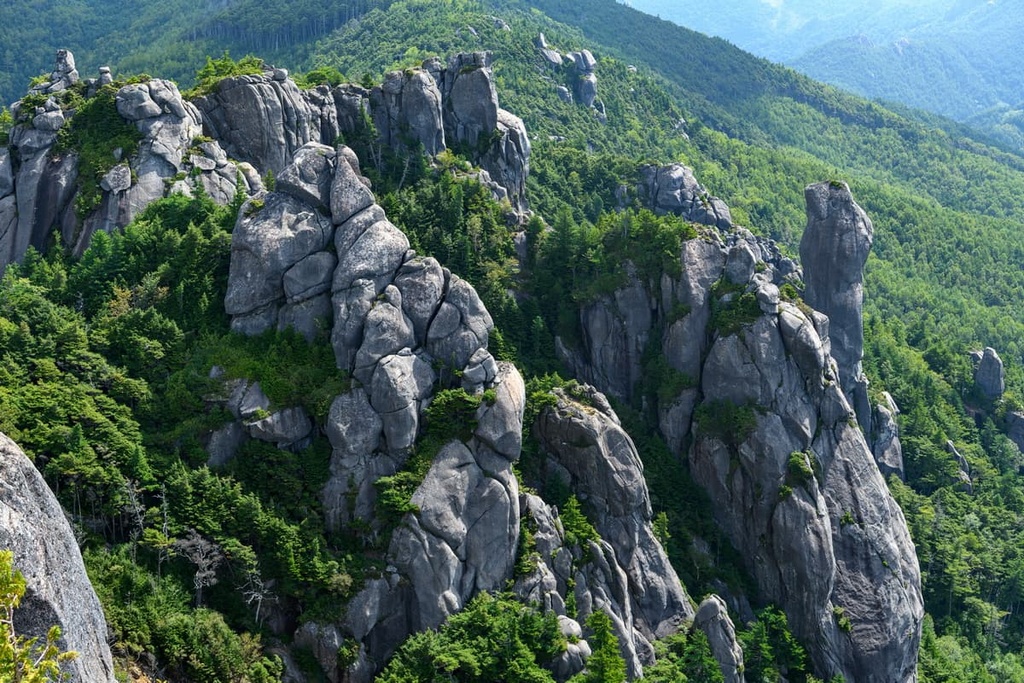
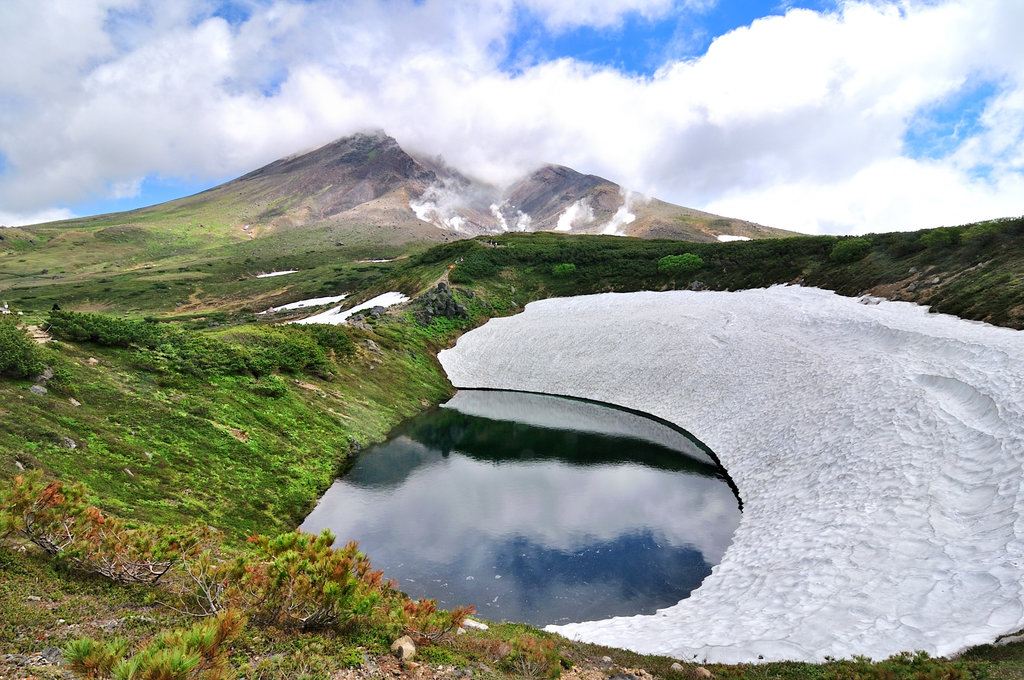
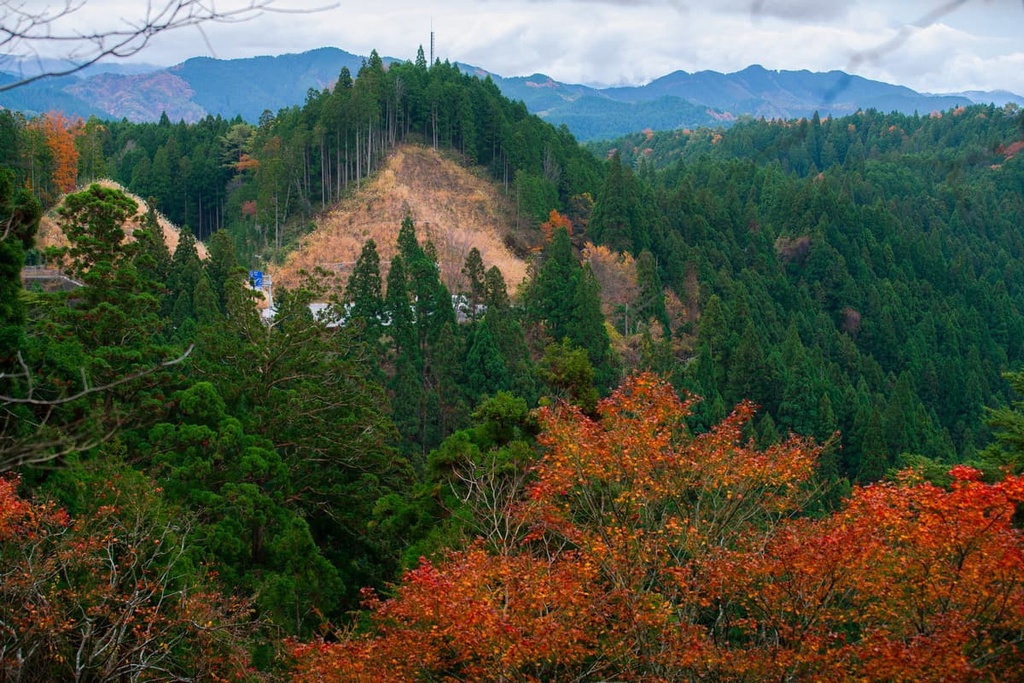
Hokkaido

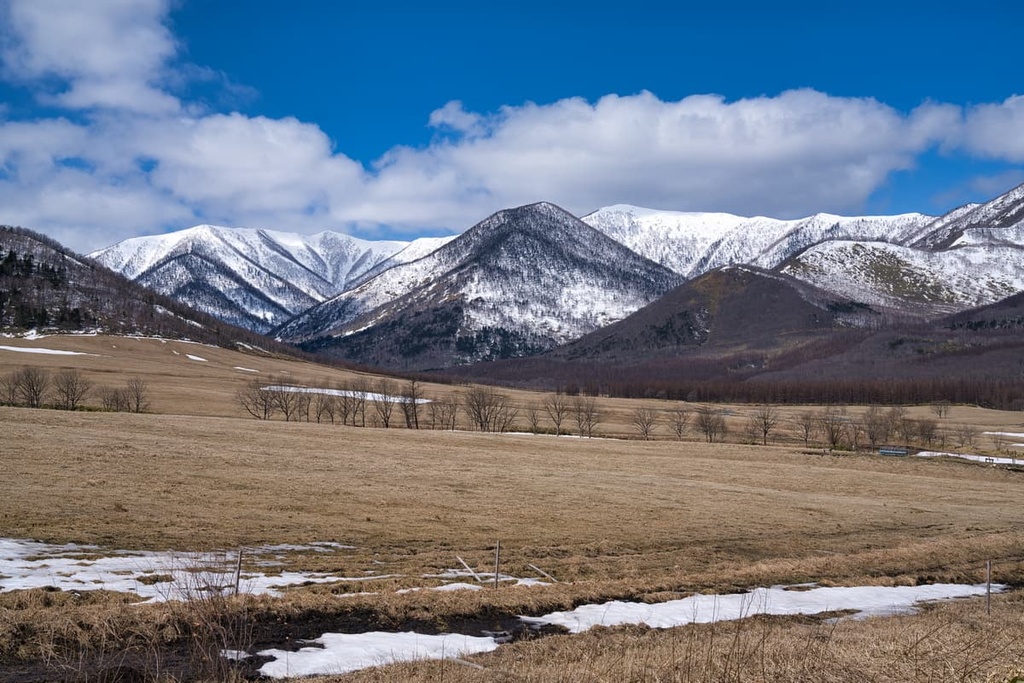
Kyushu
Shikoku Mountains
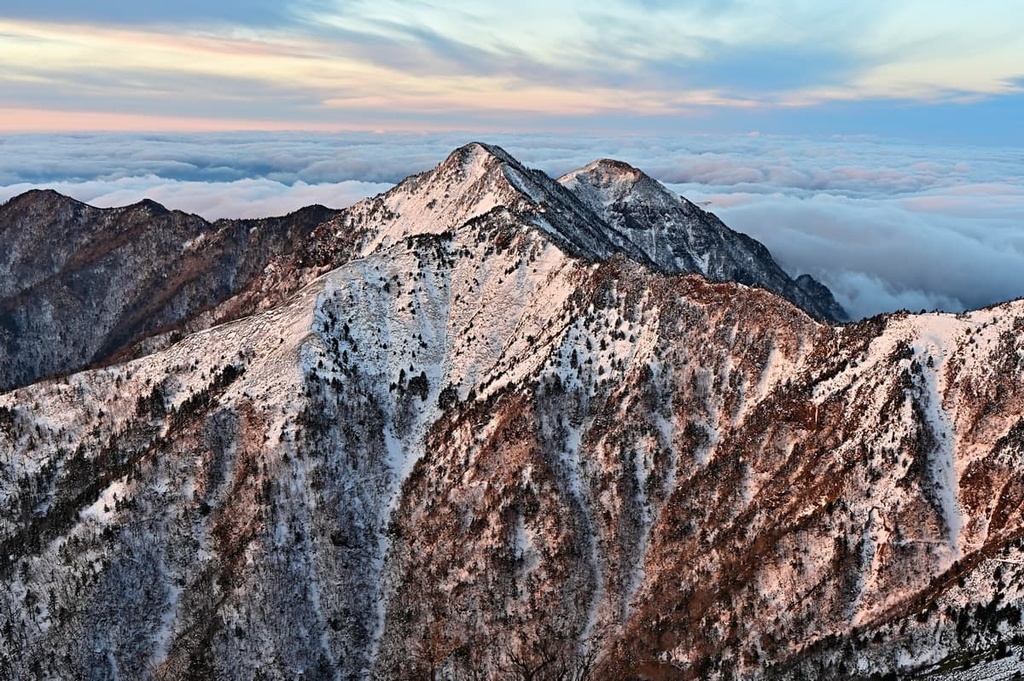
100 Famous Japanese Mountains is a list of Japan’s major peaks. This list was first compiled in a photo book by Japanese writer and mountaineer Kyūya Fukada. The book was published back in 1964, but it has not lost its relevance, and it is still a unique guide to the mountains of Japan.
In addition to the mountains on Japan's four largest islands, there are also peaks on many of the country’s smaller islands. For example, the southernmost of these peaks is Minamiiōjima (921 m / 3,021 ft) on South Iwo Jima and the northernmost is Mount Rishiri (1,721 m / ft) on Rishiri Island.
Japan continues to amaze hikers the world over thanks to its huge variety of natural areas for hiking and the many interesting trails in its mountain ranges. There are more than three dozen national parks in the country alone, not to mention Japan’s many smaller natural areas such as its nature reserves, protected forests, and more.
Of all the interesting parks where you can explore the Japanese Mountains, four are the most noteworthy:
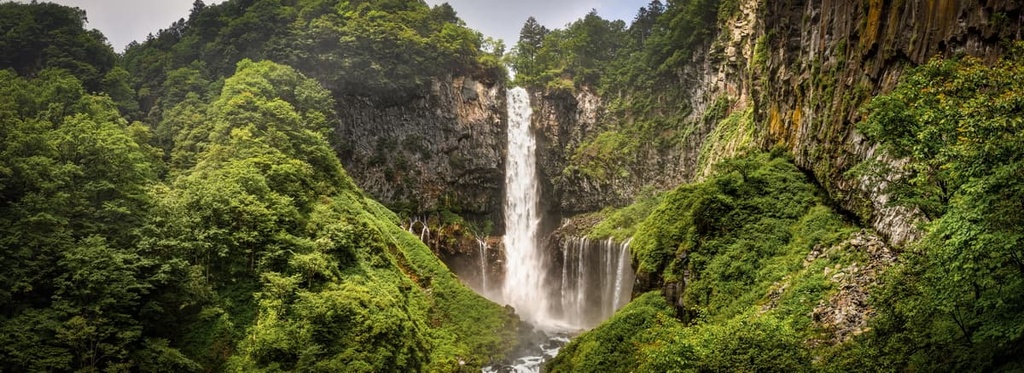
You can read more about the many national parks in the country in PeakVisor’s guide to Japan.
In addition to hiking and other summer outdoor activities, the Japanese Mountains also offer opportunities for skiing, snowboarding, and other winter sports.
In all, there are several hundred ski resorts of varying sizes located throughout the country. The largest are about 40 resorts, which you can learn more about on the Japan page of the World Mountains Lifts section of PeakVisor.
In addition to a list of resorts and information about them, PeakVisor’s World Mountain Lifts feature gives you information about which ski slopes and lifts are open or closed in Japan in real-time.
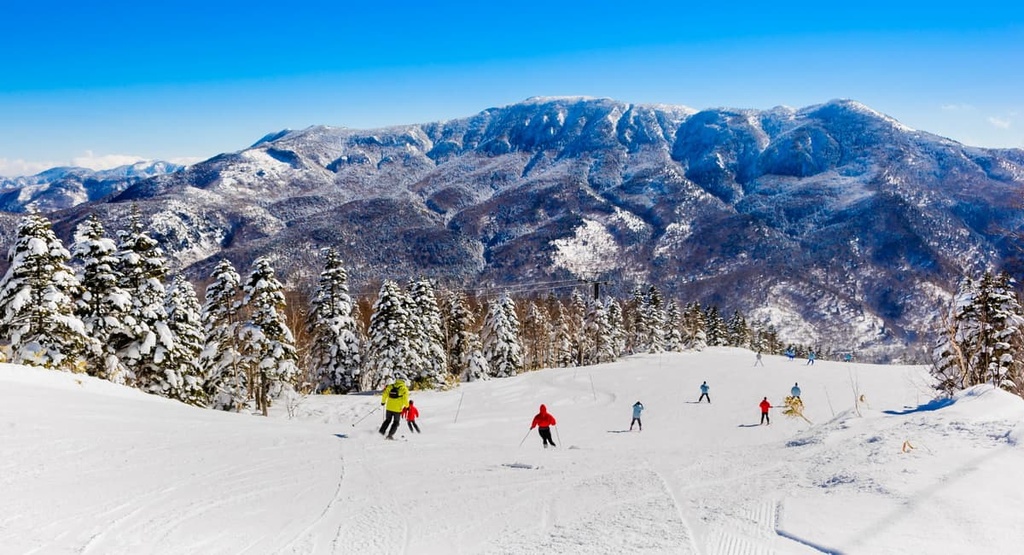
When you come to Japan, be sure to visit its main tourist center, which is operated by the Japan National Tourism Organization (JNTO). This tourist center is located, of course, in Tokyo, but there are more than 1,500 certified Tourist Information Centers throughout the country from Hokkaido down to Okinawa for you to check out during your travels.
JNTO TIC (Tourist Information Center)
1st Fl, Shin-Tokyo Bldg, 3-3-1, Marunouchi, Chiyoda-ku, Tokyo, Japan
Daily from 9 am to 5 pm, closed on Jan. 1
+81332013331 (while in Japan: 0332013331)
To find a certified Tourist Information Center in Japan for your next trip to the country, head to the JNTO’s website.
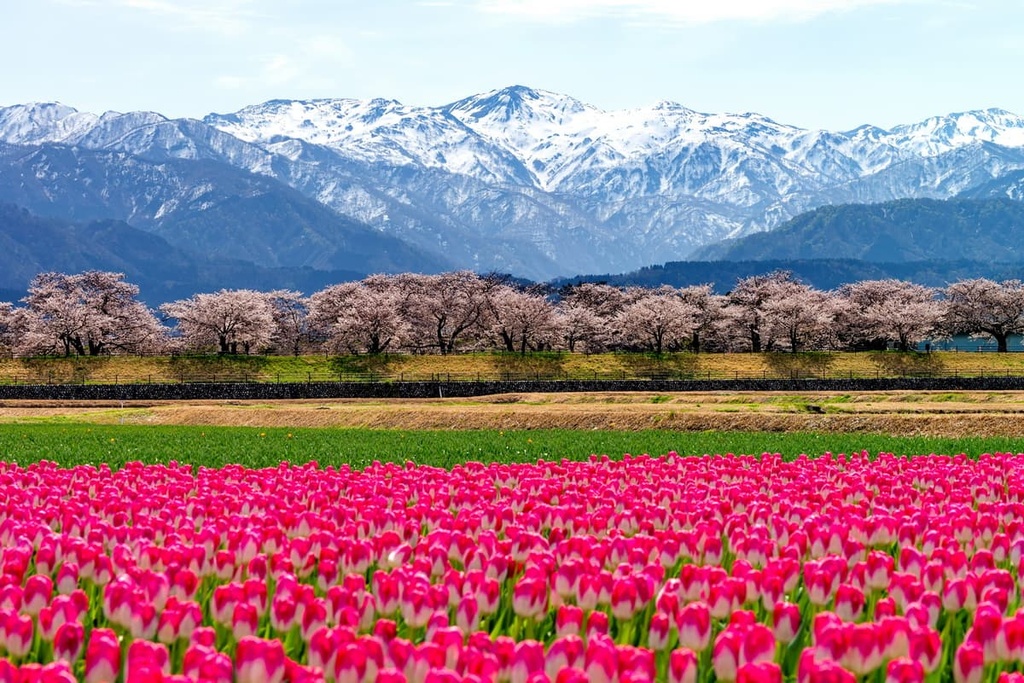
After Tokyo, where you are likely to arrive during your trip to Japan, the country's largest cities are Yokohama, Osaka, Nagoya, Sapporo, Kobe, Kyoto, Fukuoka, Kawasaki, and Saitama.
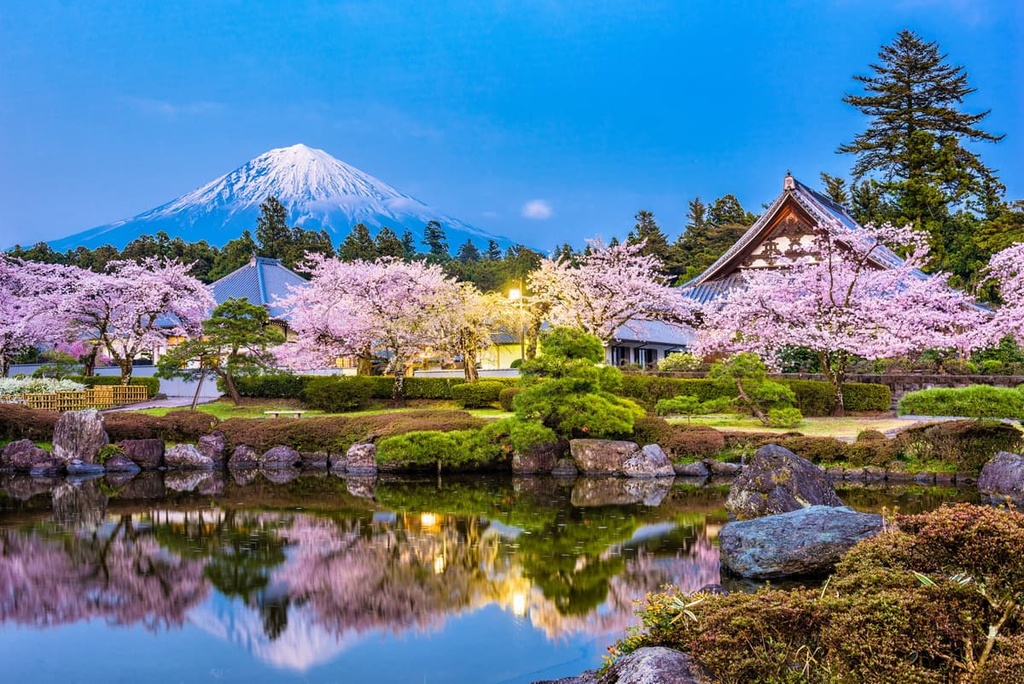
As in other countries, the best places for hikers to visit in Japan are its many mountainous and seaside areas.
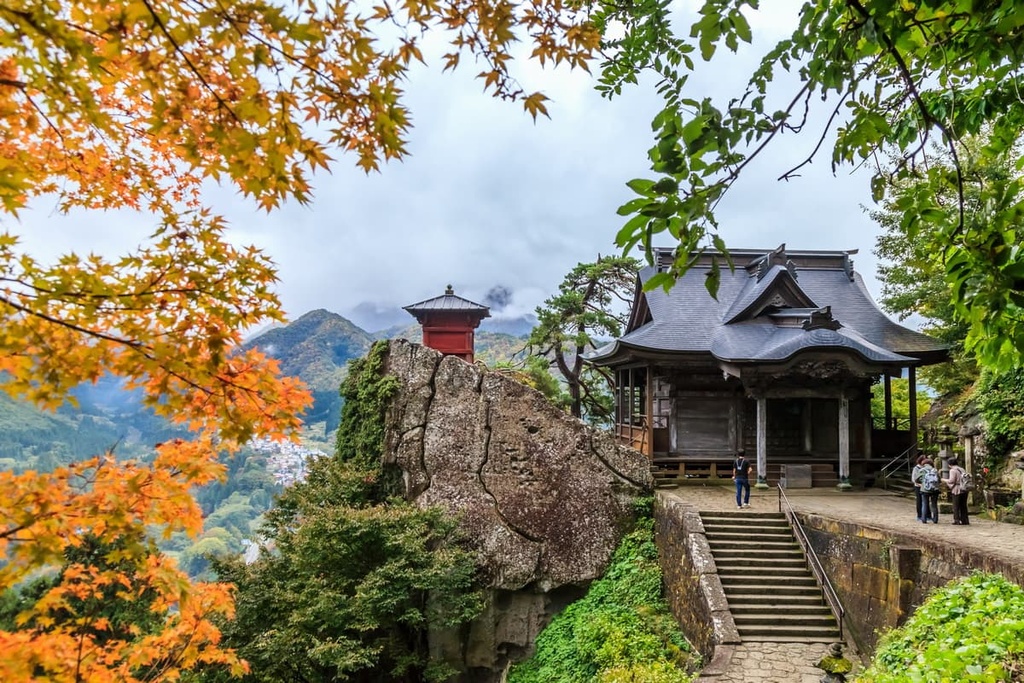
If you’re looking to travel to some of the smaller islands in Japan, you can check out Okinawa's tropical islands of Ishigaki and Miyako; the Amami Archipelago between Kyushu to the north and Okinawa to the south; Awaji Island, Hyogo, between Honshu and Shikoku; the Goto Islands of Nagasaki Prefecture and many others.
However, if you don't want to travel far from Tokyo or if you’re looking to climb in Japan’s mountain ranges, Niijima is a great option as it offers access to both the mountains and the beaches in the region. Alternatively, you can check out Tateyama on the southern tip of the Boso Peninsula in Chiba Prefecture, which is easy to get to from Tokyo.
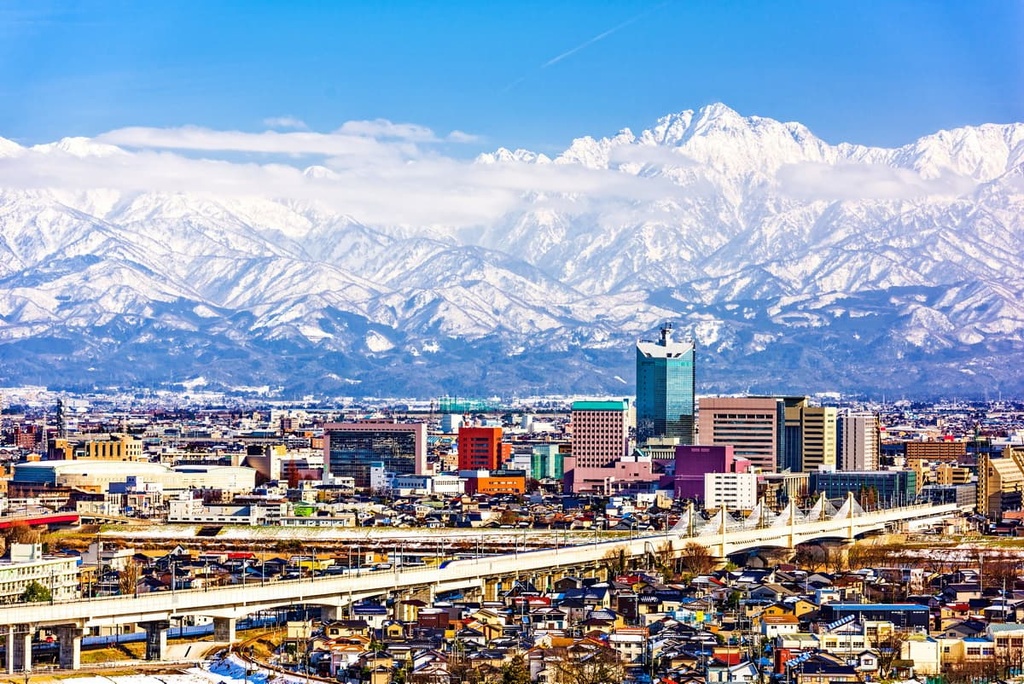
Explore Japanese Mountains with the PeakVisor 3D Map and identify its summits.








ja100
ultra
japan-3000ers
japan-ultras
ja100
ultra
volcano
japan-ultras
